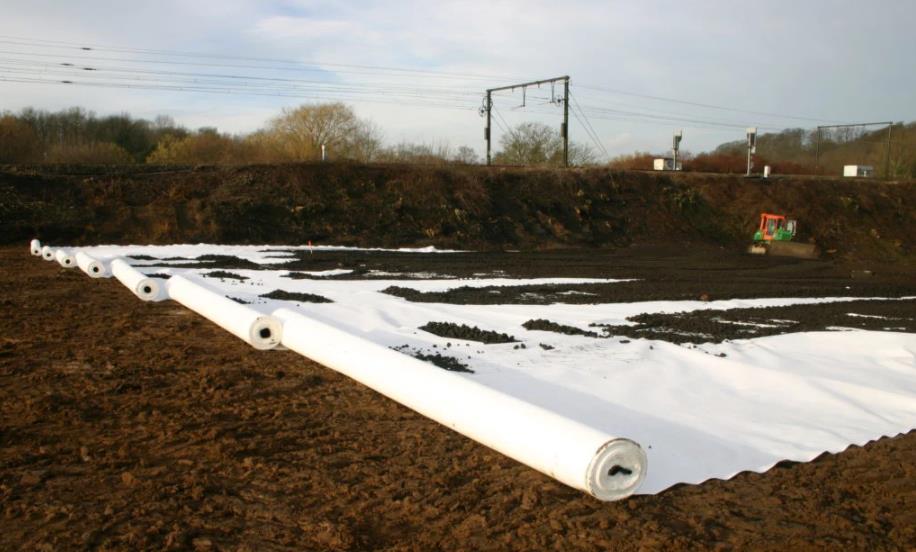A woven geogrid is a type of geosynthetic material that is made from polyester, polypropylene, or other high-strength synthetic fibers that are woven together into a grid-like pattern. The result is a highly durable and flexible fabric that can be used for a variety of soil stabilization and reinforcement applications.

Woven geogrids are commonly used in road and pavement construction, as they can provide reinforcement to the soil and prevent lateral movement of the aggregate base. They can also be used in retaining wall construction, to help stabilize the soil behind the wall and prevent sliding or overturning.
One of the main advantages of woven geogrids is their strength and durability. They are designed to withstand heavy loads and can resist damage from weathering, UV radiation, and chemical exposure. Additionally, woven geogrids are highly permeable, which allows water to flow freely through the soil and prevent the buildup of hydrostatic pressure behind retaining walls or embankments.
Woven geogrids are available in a range of strengths, depending on the specific application and load requirements. They can be custom-made to fit the dimensions of a particular project and can be installed using a variety of different methods, including anchoring, burying, or wrapping around the reinforcing material.
